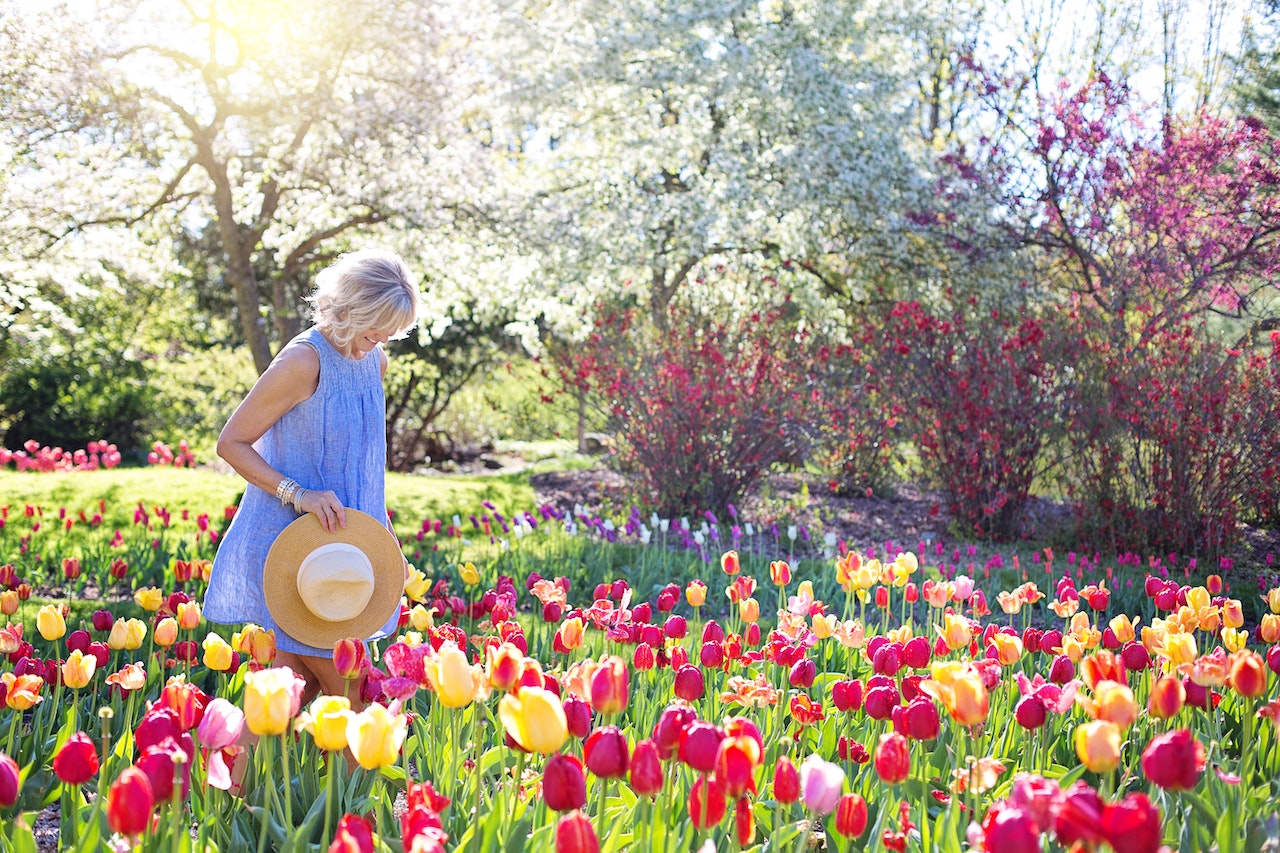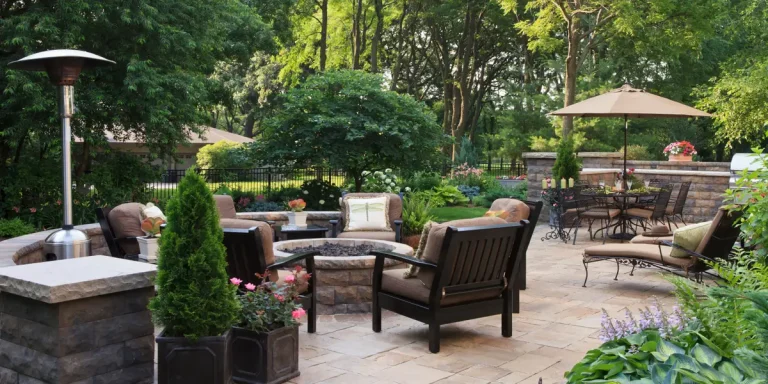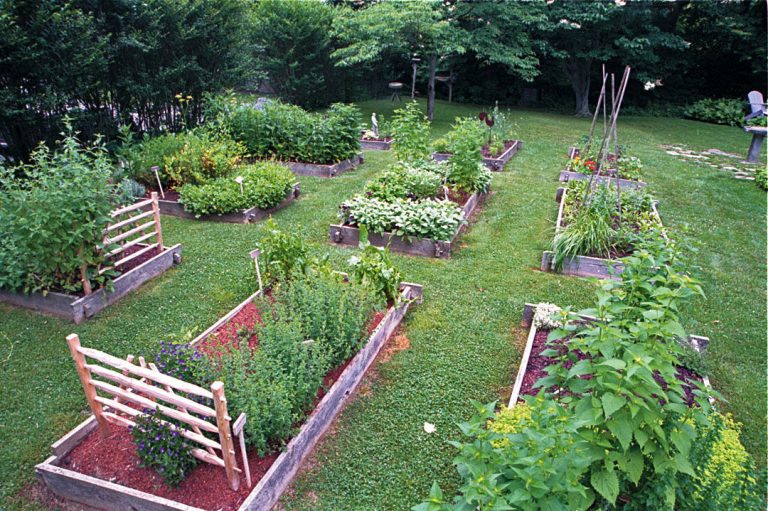Gardening has long been a source of creativity, relaxation, and connection to nature. However, as times change, so do the trends in the horticultural world. In recent years, there has been a noticeable shift toward more innovative, sustainable, and visually striking floral trends. These emerging trends are transforming the way we approach outdoor spaces, making them not only more aesthetically pleasing but also more environmentally conscious and functional. From the rise of native plants to the introduction of hybrid varieties that offer improved resilience and visual interest, the world of flowers is evolving. Let’s explore some of the most exciting new trends in flowers that are shaping the future of gardening and transforming outdoor spaces.
1. Sustainable Gardening and Native Flowers
Sustainability has become a cornerstone of modern gardening practices, and the use of native flowers is one of the most powerful ways to support environmental conservation. Native plants, which are species that naturally grow in a specific region, are gaining popularity for several reasons. They require less water, fertilizer, and pesticides compared to non-native species, making them an eco-friendly choice for gardeners looking to reduce their environmental footprint. Additionally, native flowers support local wildlife, such as bees, butterflies, and birds, by providing the appropriate habitat and food sources.
The trend toward native plants is being driven by a growing awareness of climate change and the need for gardens to be more resilient and water-efficient. By selecting flowers that are naturally adapted to the local climate, gardeners can create vibrant, low-maintenance landscapes that thrive with minimal intervention. For example, planting coneflowers, black-eyed Susans, or lavender not only brings beauty to a garden but also contributes to biodiversity and helps maintain the health of the local ecosystem.
2. Perennials Over Annuals
While annual flowers have long been a staple of gardens, perennials are increasingly taking center stage. Perennials are plants that return year after year, providing a more sustainable and cost-effective option for gardeners. Rather than purchasing new flowers every season, gardeners can invest in perennials that offer consistent beauty year after year, reducing the need for constant replanting.
This trend is particularly significant in the context of sustainable gardening, as perennials often require less water and maintenance once established. Furthermore, many perennials come in a variety of shapes, sizes, and colors, offering year-round interest with minimal effort. Flowers such as peonies, hostas, and daylilies provide lasting beauty and can be paired with other plants to create a diverse and ever-changing garden throughout the seasons.
3. Hybrid Flowers for Resilience and Visual Appeal
As gardeners look for flowers that can withstand the challenges of modern landscapes—whether it’s fluctuating temperatures, pests, or poor soil conditions—hybrid flowers have become a go-to choice. Hybrid flowers, which are the result of crossbreeding different plant varieties, offer unique combinations of traits, such as improved disease resistance, extended blooming periods, and vibrant colors.
For instance, hybrid varieties of roses, like the Knock Out rose, are prized for their hardiness and ability to resist common rose diseases. Similarly, hybrid tulips and daffodils are being bred for longer-lasting blooms, deeper colors, and greater tolerance to varying weather conditions. These flowers bring a new level of resilience to gardens, allowing them to thrive in environments that might otherwise be challenging for traditional varieties. As hybrid flowers continue to evolve, they promise to make gardening more accessible, rewarding, and visually striking.
4. Edible Flowers and Culinary Gardens
The trend of growing edible flowers is gaining momentum as people look for ways to integrate food production into their gardens while enhancing the visual appeal of their outdoor spaces. Edible flowers not only add a pop of color and fragrance to your garden, but they also provide a unique way to incorporate fresh, organic ingredients into your meals.
Flowers such as nasturtiums, pansies, marigolds, and violets are not only beautiful but also safe to eat and can be used in a variety of culinary applications. From garnishing salads to adding flavor to cocktails, edible flowers have become a trendy addition to the home gardener’s repertoire. This trend is part of a larger movement toward “foodscaping,” which combines ornamental and edible plants in a single landscape. By choosing flowers that are both visually appealing and edible, gardeners can create a garden that nourishes both the body and the soul, offering a seamless blend of beauty and practicality.
5. Wildflower Meadows and Pollinator Gardens
Another trend that is reshaping gardening is the growing popularity of wildflower meadows and pollinator gardens. These gardens are designed to attract and support pollinators, such as bees, butterflies, and hummingbirds, which are vital to the health of our ecosystems. Wildflower meadows are a beautiful and low-maintenance way to create a naturalistic garden that requires minimal watering, fertilizers, and pesticides.
By planting a mix of native wildflowers like poppies, daisies, and asters, gardeners can help restore habitats for pollinators and contribute to the overall health of the environment. This trend aligns with the growing awareness of the importance of pollinator conservation and has sparked interest in creating gardens that are both visually stunning and ecologically responsible. Pollinator gardens, in particular, are becoming increasingly popular in both urban and suburban areas, as they offer a simple yet effective way to contribute to biodiversity and environmental health.
6. Drought-Tolerant and Water-Wise Flowers
As climate change continues to affect weather patterns around the world, water conservation has become a priority for many gardeners. Drought-tolerant flowers are rising in popularity as gardeners seek to reduce their reliance on irrigation systems and conserve precious water resources. These flowers are well-adapted to dry conditions and can thrive with minimal watering once established.
Varieties such as succulents, agave, lavender, and yucca are perfect for creating water-wise gardens that are both beautiful and sustainable. These plants have evolved to store water in their leaves, stems, or roots, allowing them to survive long periods of drought. By incorporating drought-tolerant flowers into your garden, you not only conserve water but also create a visually stunning landscape that can withstand the challenges of an increasingly unpredictable climate.
7. Flowering Shrubs for Year-Round Beauty
While flowers may typically be thought of as short-lived bursts of color, flowering shrubs are becoming a popular choice for gardeners looking to create year-round beauty in their outdoor spaces. Shrubs such as hydrangeas, lilacs, and camellias offer a long-lasting display of color and texture, with some varieties blooming in early spring and others offering vibrant foliage in the fall.
Flowering shrubs can be used to create structure in a garden, offering height and visual interest throughout the seasons. Additionally, many flowering shrubs are low-maintenance and can be pruned to maintain a neat and tidy appearance. These shrubs are perfect for creating layered garden designs that provide a continuous display of color, from the earliest blossoms of spring to the final blooms of fall.
8. Colorful and Unique Annuals
While perennials may dominate many gardens, the resurgence of vibrant annual flowers is a trend that should not be overlooked. Annuals, which complete their lifecycle in one season, offer gardeners the opportunity to experiment with bold, bright colors and unusual combinations that can be changed every year.
Flowers like zinnias, petunias, and geraniums are excellent choices for adding a burst of color to containers, hanging baskets, or flower beds. Many gardeners are also choosing unusual varieties, such as blue and purple sunflowers or bi-colored geraniums, to create eye-catching displays. Annuals are ideal for gardeners who love to change up their outdoor spaces frequently, allowing for seasonal reinvention and creative floral designs.
9. Compact and Space-Saving Varieties
As urban living spaces continue to shrink, many gardeners are embracing the trend of compact, space-saving flowers. These varieties are perfect for small gardens, balconies, and patios, where space is at a premium. Dwarf versions of popular flowers, such as miniature roses, dwarf dahlias, and compact hydrangeas, are designed to provide all the beauty of their larger counterparts while fitting into tight spaces.
Compact flowers are also ideal for container gardening, as they can be grown in pots and placed on windowsills, balconies, or entryways. This trend is empowering gardeners with limited space to enjoy the beauty of flowers without the need for a large yard or garden plot.
10. Biophilic Design and Flowers for Well-Being
Finally, the trend of biophilic design—incorporating nature into living spaces to enhance well-being—is influencing how we design our outdoor gardens. Flowers play a key role in biophilic gardens, as their colors, textures, and scents contribute to a sense of peace and tranquility. Research has shown that exposure to nature can reduce stress, enhance mood, and improve overall mental health.
In response to this, many gardeners are choosing flowers that promote a sense of calm and relaxation, such as lavender, jasmine, and chamomile. By incorporating these flowers into outdoor spaces, gardeners are creating sanctuaries that nurture both the body and the mind, providing a space to escape, unwind, and connect with nature.
Conclusion
As we look toward the future of gardening, it’s clear that flowers will continue to play a central role in transforming our outdoor spaces. The trends highlighted here—ranging from native plants and hybrid varieties to sustainable practices and biophilic design—reflect a growing desire for gardens that are not only visually stunning but also ecologically responsible and beneficial to our well-being. By embracing these new trends in flowers, gardeners can create vibrant, functional spaces that enhance the beauty of the natural world while supporting sustainability, biodiversity, and personal health. Whether you’re cultivating a pollinator-friendly meadow, experimenting with hybrid blooms, or designing a water-wise oasis, the future of gardening is full of possibilities.















